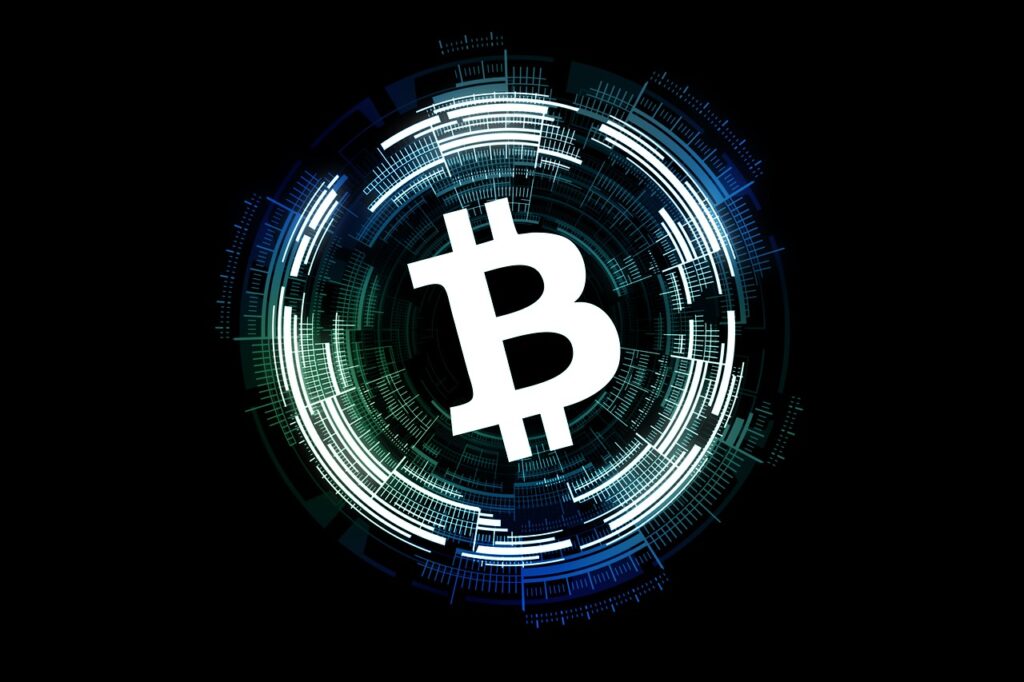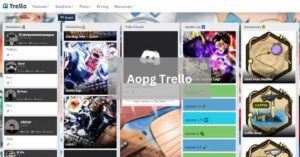Understanding Non-Fungible Tokens (NFTs): Exploring the Future of Digital Ownership
2 min read
Introduction:
Non-Fungible Tokens (NFTs) have captured the imagination of the crypto world, offering a new paradigm for digital ownership and expression. In this article, we’ll delve into the concept of NFTs, exploring their unique characteristics, use cases, and implications for the future of digital assets and creative industries.
What are NFTs?
NFTs are unique digital assets that represent ownership or proof of authenticity of a specific item or piece of content, recorded on a blockchain. Unlike cryptocurrencies such as Bitcoin or Ethereum, which are fungible and interchangeable, NFTs are non-fungible, meaning each token is distinct and cannot be replicated or exchanged on a one-to-one basis. NFTs can represent various digital and physical assets, including artwork, music, videos, virtual real estate, collectibles, and more.
How NFTs Work:
NFTs are typically created, bought, and sold on blockchain-based platforms, often using smart contracts to automate transactions and enforce ownership rights. Each NFT is associated with a unique identifier and metadata that provide information about the asset, such as its creator, title, description, and provenance. NFT ownership is recorded on a public blockchain, providing transparency, immutability, and verifiability of ownership and transaction history.
Use Cases for NFTs:
NFTs have a wide range of use cases across various industries and sectors. In the art world, NFTs enable artists to tokenize their creations, establish provenance, and monetize their work directly with collectors and fans. In the music industry, NFTs can represent ownership rights to songs, albums, and concert tickets, providing artists with new revenue streams and fans with unique experiences. NFTs are also used in gaming, virtual reality, and metaverse environments to tokenize in-game assets, virtual land, and digital collectibles, enabling players to buy, sell, and trade digital goods securely and transparently.
Opportunities and Challenges:
NFTs offer numerous opportunities for creators, collectors, and investors in the digital economy. They provide a new way to monetize and distribute digital content, empower creators to retain ownership and control over their work, and enable collectors to establish ownership and rarity of digital assets. However, NFTs also present challenges, including scalability issues, environmental concerns related to blockchain energy consumption, copyright infringement risks, and market volatility. Additionally, the NFT market is still relatively nascent and speculative, with prices subject to hype, speculation, and market manipulation.
Future Trends and Outlook:
The future of NFTs in the crypto market is ripe with possibilities, as the technology continues to evolve and mature. As NFT platforms address scalability, interoperability, and sustainability challenges, they may unlock new use cases and applications for NFTs in areas such as identity management, supply chain traceability, and decentralized finance. Increased mainstream adoption, regulatory clarity, and institutional involvement may also contribute to the growth and legitimacy of the NFT market, paving the way for broader acceptance and integration of digital assets into the global economy.






